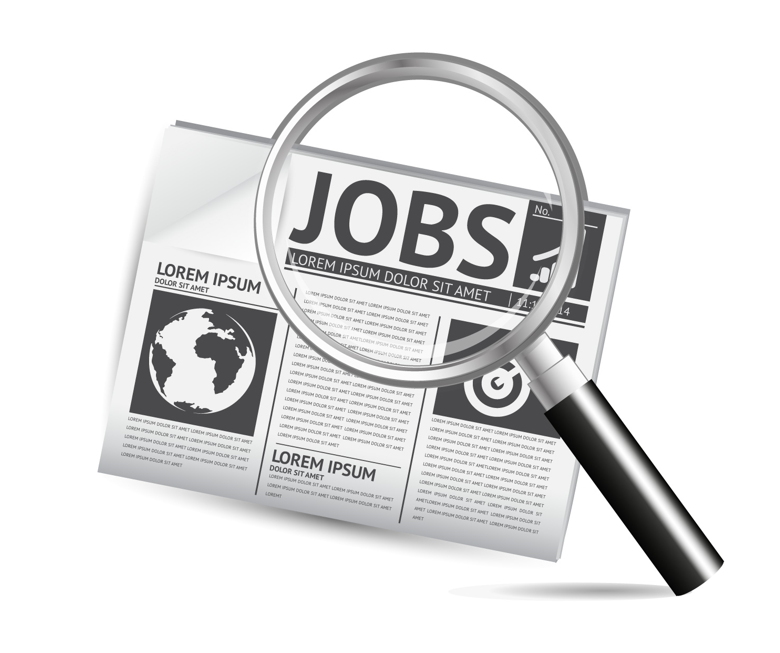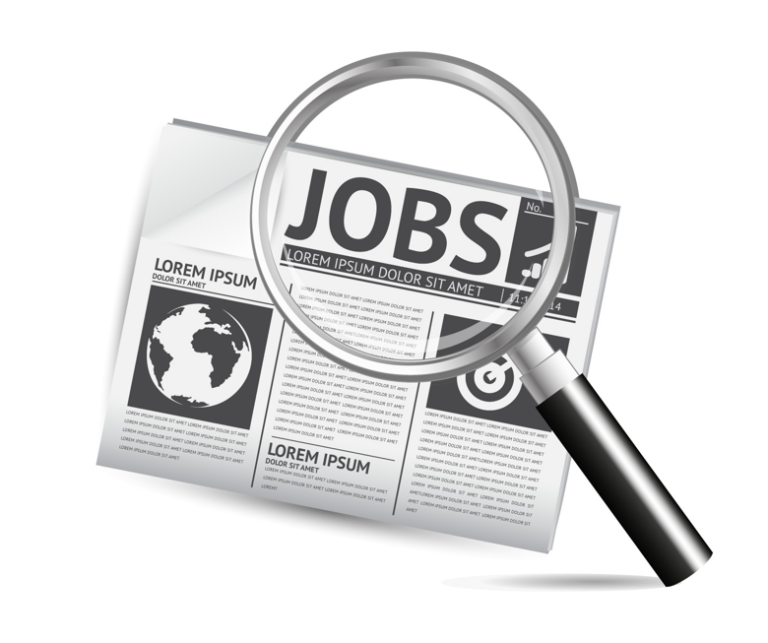The most recent jobs report has been released, and the figures are alarming financial markets. Employers added 151,000 jobs in February, which was less than the 160,000 economists had forecast. At the same time, the unemployment rate increased slightly from 4.0% in January to 4.1%, suggesting that the once-relentless job market may be nearing its end. The figures raise important concerns regarding wage growth, economic stability, and the Federal Reserve’s next course of action, even though they do not point to an imminent crisis.
The labor market has exhibited exceptional resilience over the last few months, withstanding economic pressures without suffering any notable fractures. The most recent data, however, indicates that momentum might be slowing. A major measure of economic confidence, wage growth, has significantly underperformed, meaning that workers’ paychecks aren’t keeping pace with inflation. Hiring has stayed consistent in some industries—for example, healthcare and finance are still growing. However, job losses in manufacturing and retail suggest that consumer spending may be slowing down.
U.S. Jobs Report – February 2025
| Category | Details |
|---|---|
| Jobs Added | 151,000 (Expected: 160,000) |
| Unemployment Rate | 4.1% (Up from 4.0% in January) |
| Wage Growth | Weaker than anticipated |
| Key Sectors Hiring | Healthcare, Finance |
| Sectors Losing Jobs | Retail, Manufacturing |
| Market Reaction | Stocks ticked higher |
| Fed Response | Unlikely rate cut in March |
| Source | Bureau of Labor Statistics |
In a recent speech, Jerome Powell, the chair of the Federal Reserve, remained cautiously optimistic. While acknowledging the slowdown, he gave the public the reassurance that the labor market is still “solid and broadly in balance.” Powell’s remarks are comforting, but they don’t allay worries about the direction of the economy as a whole. Pressure is mounting on the central bank to decide whether to lower interest rates in the upcoming months, which could encourage hiring but run the risk of rekindling inflation.

Job seekers are beginning to notice a change beyond the policy discussions. Employers are becoming more picky about who they hire, especially in the tech and retail sectors. Strategic, efficiency-focused hiring is taking the place of the explosive growth that was witnessed in 2021 and 2022, which was fueled by post-pandemic recovery and digital expansion. Big businesses that used to hire a lot are now more interested in productivity gains, automation, and artificial intelligence than in growing their workforce.
Companies are not the only ones affected by the hiring halt; communities are also affected, with everything from consumer confidence to housing markets being impacted. When the job market falters, it can cause a domino effect. Spending contracts when hiring slows down. Businesses become less profitable when they spend contracts, which makes them more cautious when hiring. Economists have grown increasingly concerned about the possibility of economic stagnation resulting from this cyclical slowdown if it persists.
This jobs report’s possible connection to stagflation—a poisonous combination of slow economic growth and rising inflation—is its most concerning feature. Economists have been debating for months whether the United States is on the verge of a situation similar to the economic hardships of the 1970s. Inflation is still a problem even though it has decreased from its peak in 2022. Purchase power declines and consumers retreat even more if wage growth is not kept up with.
In the past, hiring declines have frequently served as precursors to more significant changes in the economy. Early job market indicators in 2007 pointed to problems long before the full extent of the financial crisis. Even though the economy is very different now—banks are stronger, consumer spending is stable, and corporate balance sheets are healthier—it is still important to pay attention to the warning signs. The labor market may have been cooling for longer than previously thought, as evidenced by the recent trend of downward revisions to job numbers.
The task facing policymakers now is straightforward: how to keep the labor market robust while averting a resurgence of inflation. Although the Biden administration has placed a strong emphasis on job creation initiatives, the situation is complicated by geopolitical risks and worldwide economic instability. Economic uncertainty has been exacerbated by supply chain disruptions, trade tensions, and the aftermath of the stimulus from the pandemic.
Also, the political stakes are getting higher. Economic performance will probably become a major campaign issue as the presidential election draws near. Election results have historically been significantly influenced by voter confidence in the labor market. A prolonged hiring lag could turn into a significant liability for the current administration and exacerbate discussions about fiscal policy and economic strategy.
There are grounds for optimism in spite of the worries. Though at a slower rate, the U.S. economy is still expanding. Despite cooling, the labor market is still far from collapsing. Opportunities for job seekers with the necessary skills are being created by the ongoing expansion of industries like healthcare and finance. Companies are still hiring for specialized roles in data science, cybersecurity, and artificial intelligence (AI), even in the tech sector where layoffs have made headlines.
Whether this slowdown is a short-term dip or the start of a longer-term downturn will be determined in large part by the March jobs report. Concerns might subside if job growth picks up speed. However, the pressure on the Federal Reserve to step in will only increase if the trend continues to decline. Policymakers, investors, and regular workers will all be closely monitoring the situation in hopes of seeing indications that the labor market is still strong.



